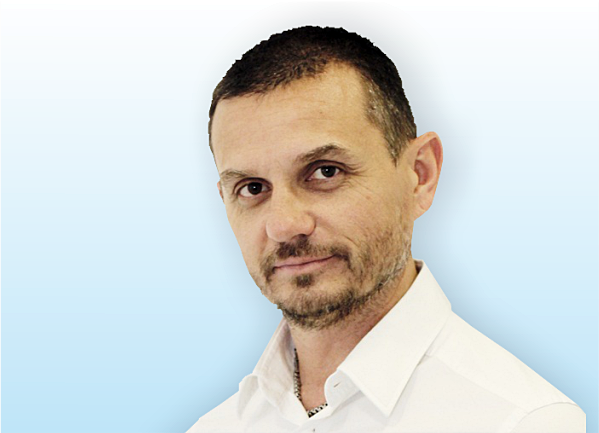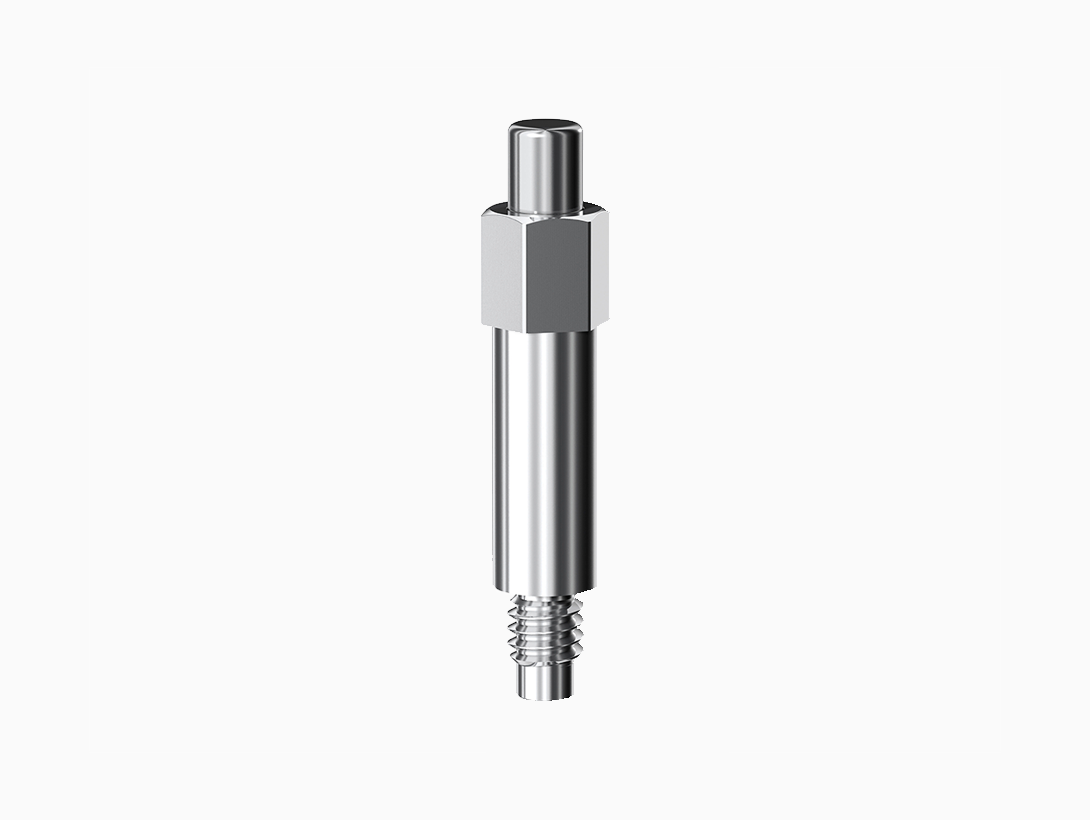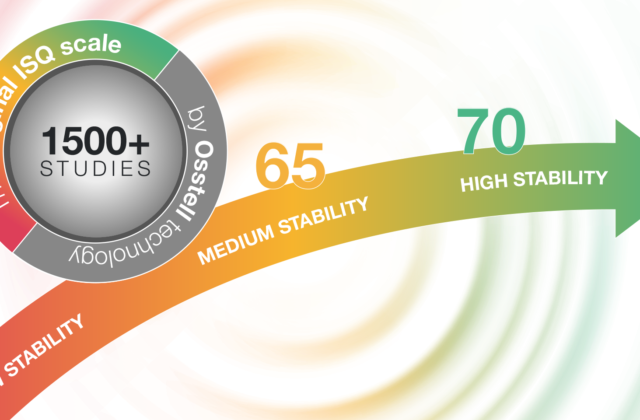
Osstell user – and winner of the Osstell IDx, Dr. Zeljko Popadic, runs a successful dental implant practice, Dental Implant Centre in beautiful, Rovinj, Croatia. He also keeps himself busy managing implant training courses, lecturing and is a faculty member at the Global Institute for Dental Education.
Dr. Popadic is an active member of several dental associations including: HKDM – Croatian Chamber of Dental Medicine, HLZ – Croatian Medical Association, HPD – Croatian Society of Periodontology, HDDI – Croatian Society of Dental Implantology, EAO – European Association for Osseointegration, ADI – Association of Dental Implantology of the United Kingdom, gIDE – the Global Institute for Dental Education and ITI – International Team for Implantology.
Our CEO, Jonas Ehinger, recently sat down with Dr. Popadic for an interview. Below is a shortened version of what they discussed. To hear the full interview, please watch the video.
Could you please introduce yourself to our readers and tell us a little bit about your background?
I’m a GP who has been practicing implant dentistry for about 18 years now. I’ve used Osstell and ISQ values for the past 10 years.
How do you use Osstell in your clinic? In daily practice, what are the main benefits you see?
I use Osstell at the point of placing implants, along with torque. Then after a certain amount of time, I re-measure and depending on the value I get, I decide when to load. It’s really helpful to release me, or any doctor using Osstell, from the frustration and uncertainty of whether the implant will be able to be loaded at that point or if you should wait. So it provides me with confidence.
So in your experience, what kind of ISQ value are you targeting? Is it 65 or 70 or above?
It’s always above 70 that I’m looking for, but that’s not always what I get, depending on the patient, whether it is a female with osteoporosis and so on. Sometimes I get less than 60, but if I have 4 or 6 implants, it’s not a big deal, I just splint them.
Yes, that’s also in line with all the research that has been conducted on using the Osstell. Have you seen any changes in terms of restoration time or healing times for your patients since you started using Osstell?
Yes, definitely. As I said, depending on the value I get, I decide whether I’m going to load these implants now, or if I have to postpone it.
Before using Osstell, how did you assess implant stability?
I used challenging torque, or reverse torque, which can be very invasive. This is what we call a “to be or not to be”. Challenging torque is what I applied to implants after having a healing abutment on for a couple of weeks and before taking the impression for final restoration, to see whether it can withstand about 45 Ncm. And then we also used tests like sound and X-ray. All the usual things that doctors used years ago. Now with this, what else do you need?
So when you used reverse torque, how did you feel? Were you concerned?
Not very comfortable… Having Osstell allows us to avoid that feeling. Even if the X-ray looks great, the soft tissue also looks great, and there’s no other sign that something is going wrong, there’s always a small dose of fear. But with Osstell, I really feel comfortable. When it shows me an ISQ value of 70 or more, I don’t need anything else.
How you decide what protocol to apply?
We have to look at more than one aspect. It’s preservation, whether or not you need augmentation, the patient’s wishes, what the CT scan shows and so on. So it’s not always black and white. Our decision of how and when depends on many different factors.
Has the loading protocol been decided before you place the implant, or does that change depending on your assessment?
Using your device, these steps make me more confident, but I usually stick to my original idea. The ISQ value helps me make sure I’m on the right track.
Speaking of your patients, do you treat all kinds of patients?
Yes my oldest patient is 94 with six implants. The patients that I can place in a risk group, where I still decide to do implants, are usually women with osteoporosis.
So you don’t refer any patients?
No, I don’t need to. We can do all parts of surgical and prosthodontic treatments.
If we go back in time to your first 5 or 8 years in practice, before you had the instrument, what would you tell someone that is in the situation today that you were in back then?
It’s much easier today to make sure that every step of your implant treatment will go just fine, without having fear or feeling uncomfortable. There’s also the other side of the coin today that a lot of younger colleagues rush into implantology without enough knowledge. Osstell helps even non-experienced colleagues to move on. It’s also important to know that there’s a lot of science behind this.
I’m glad you say that, because it’s always been very important to Osstell that there is a strong scientific validation of our technology.
So coming back to patients; do you communicate around the ISQ value with the patients? Do you explain it to them?
Sure. They always ask “what are you doing now?” because I have a camera so they can see themselves on a monitor. So we explain it to them, and they feel great when I show them their high value.
What do you think will happen in implant dentistry over the next 5 years? What are the most important trends?
It’s always about shortening the time. That’s something our patients have put on our backs. Now it’s up to us, whether we are going to fulfill our patients wishes at any cost or not (I don’t think we should do that). It’s also a matter of price. That’s why there are a lot of cheap systems out there. I’m not sure what could happen to impress me as much as this device impressed me years ago. I guess something will happen, but right now, we have everything we need for excellent implant practice – from the material point of view to the device point of view to the technology and the techniques.
As a dentist placing implants, who, or what, has inspired you the most in your career?
Definitely Professor Brånemark. It’s not just the story behind implant dentistry, but also him as a person. His enthusiasm that lasted for decades has definitely inspired me. Then there are guys like Professor Daniel Buser and Professor Peter Moy. I’ve attended workshops with them in LA and Bern and they are the guys who will lead implant dentistry in the right direction. They can impress anybody in my opinion.


